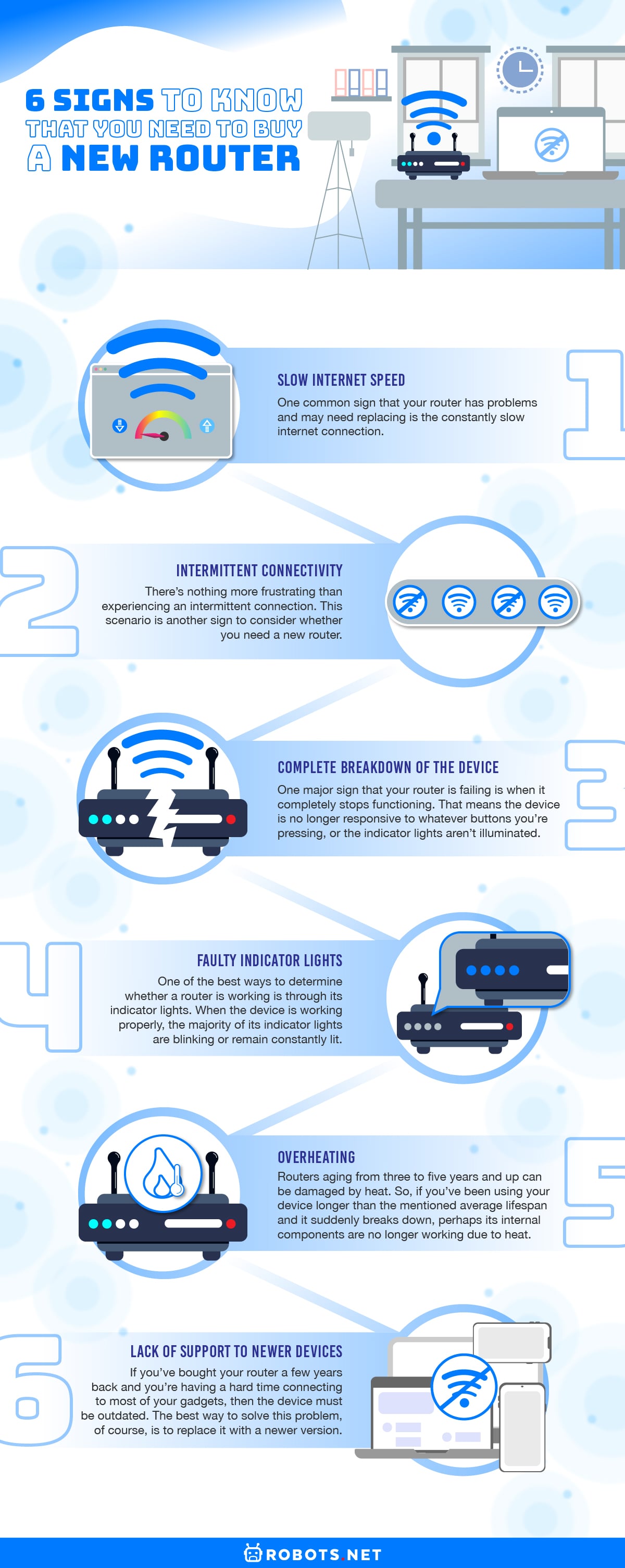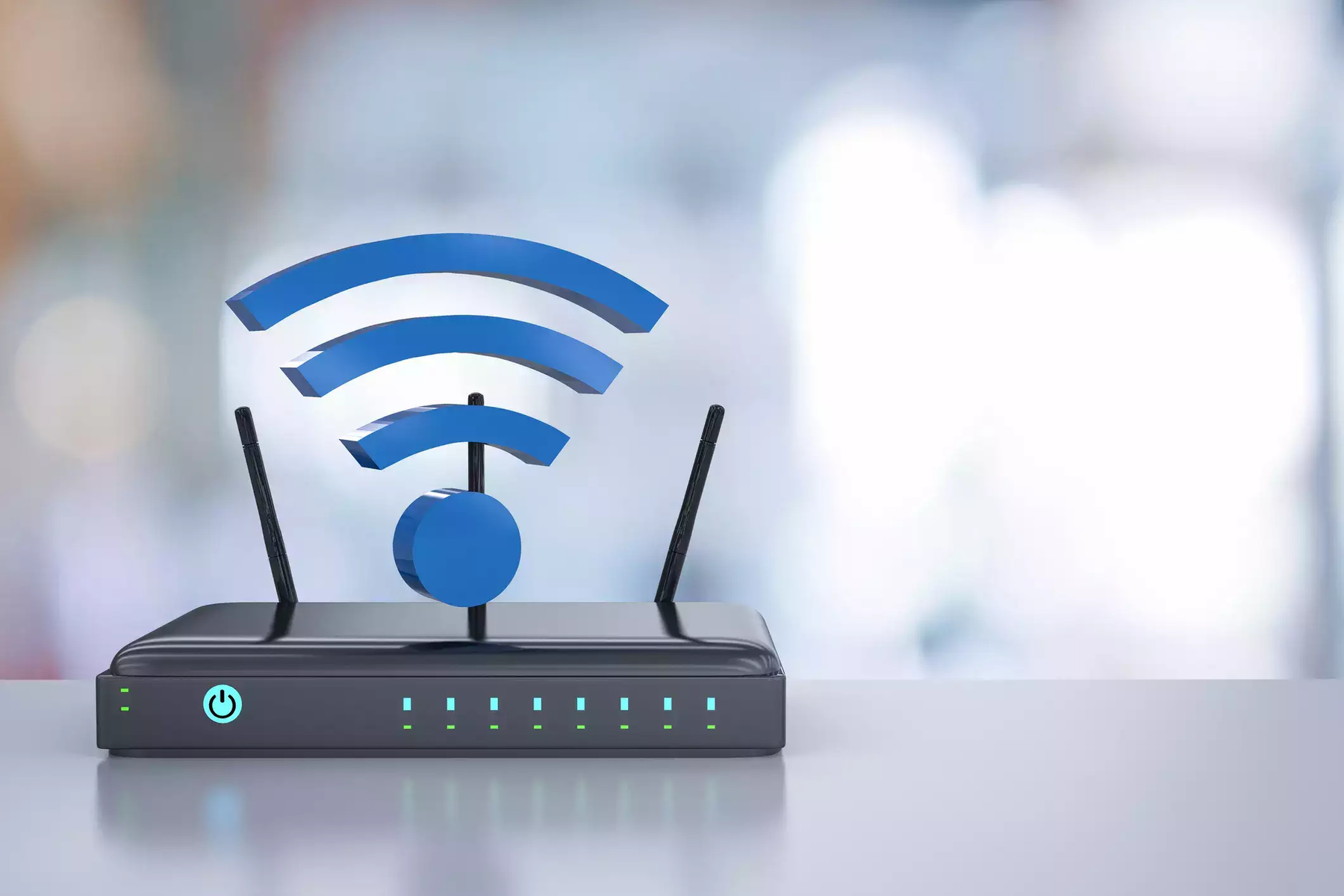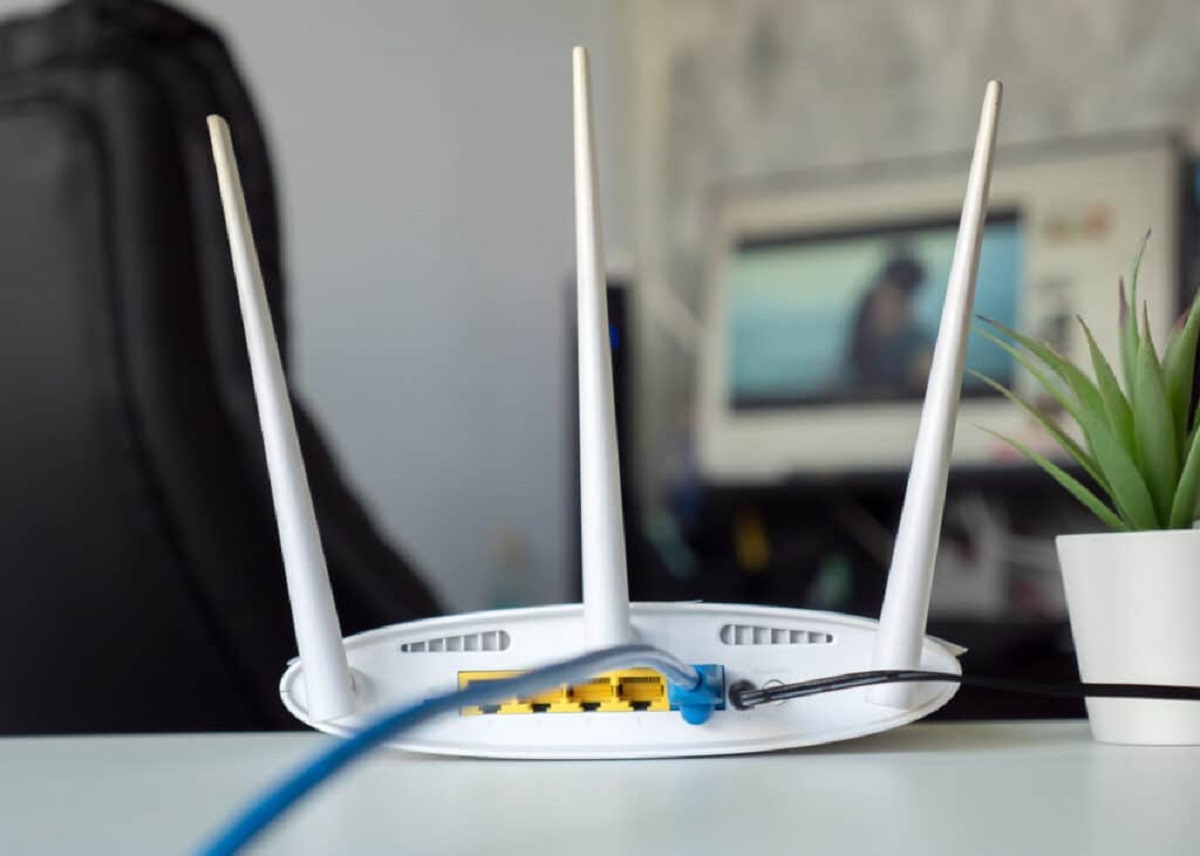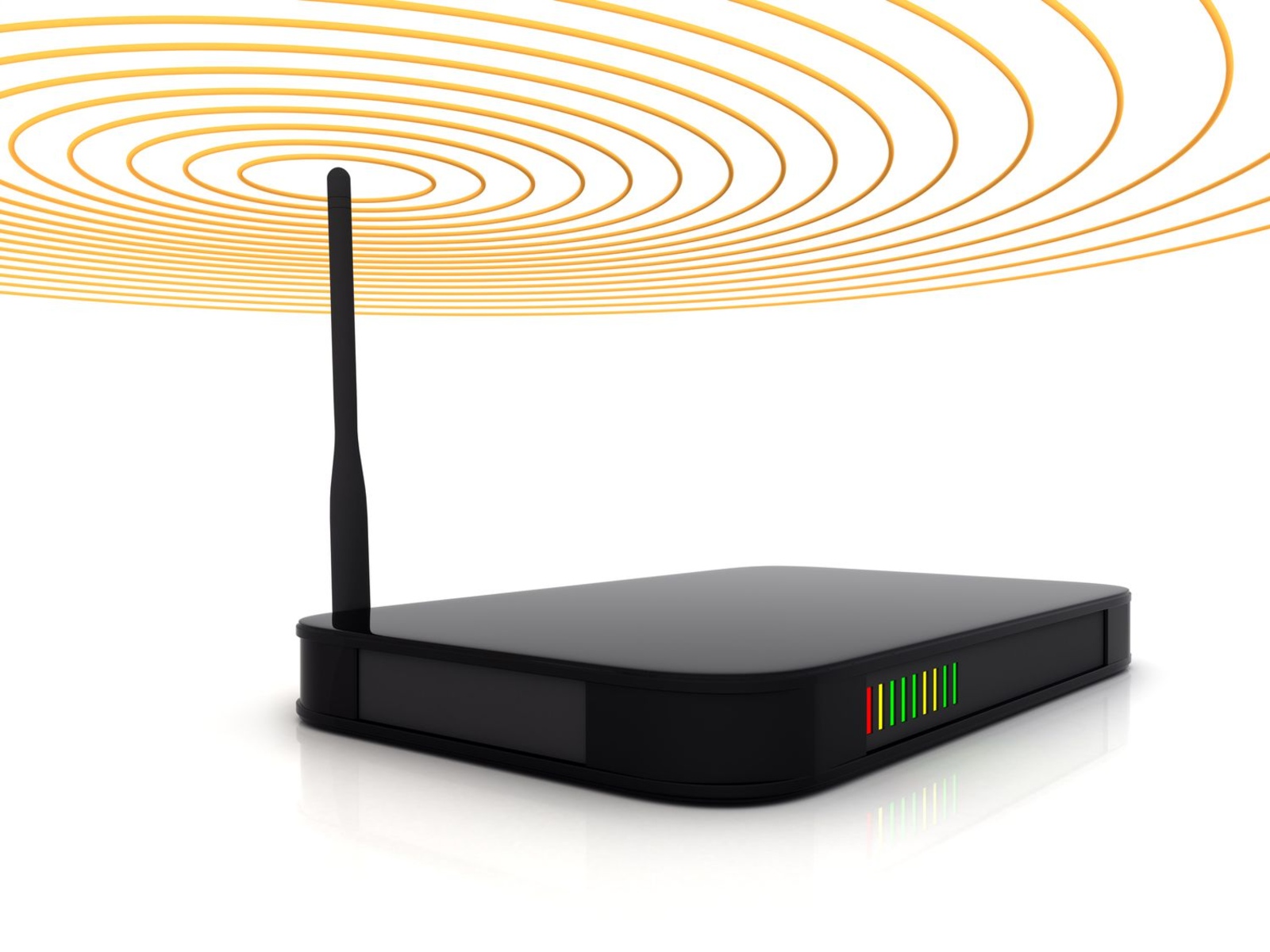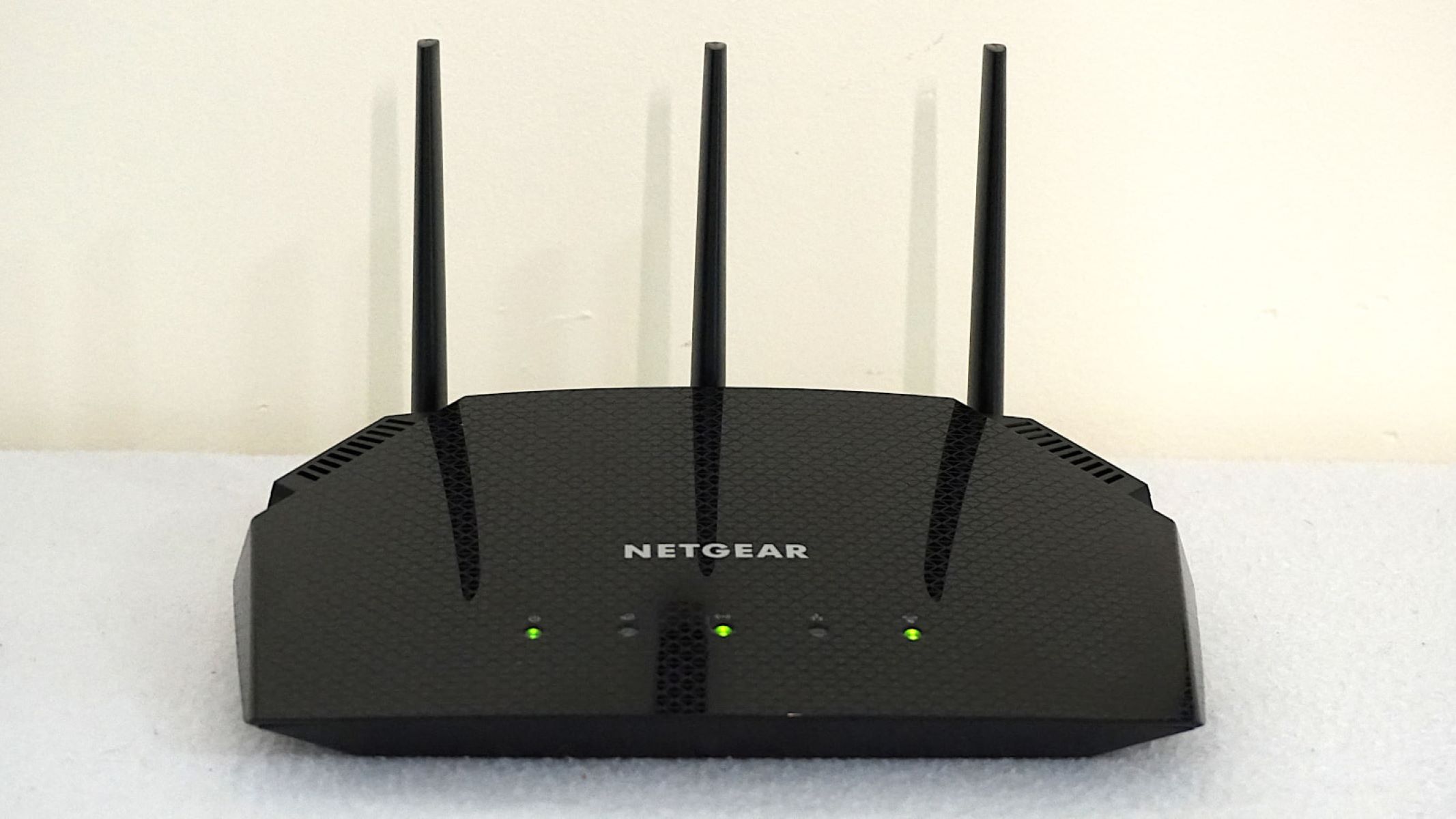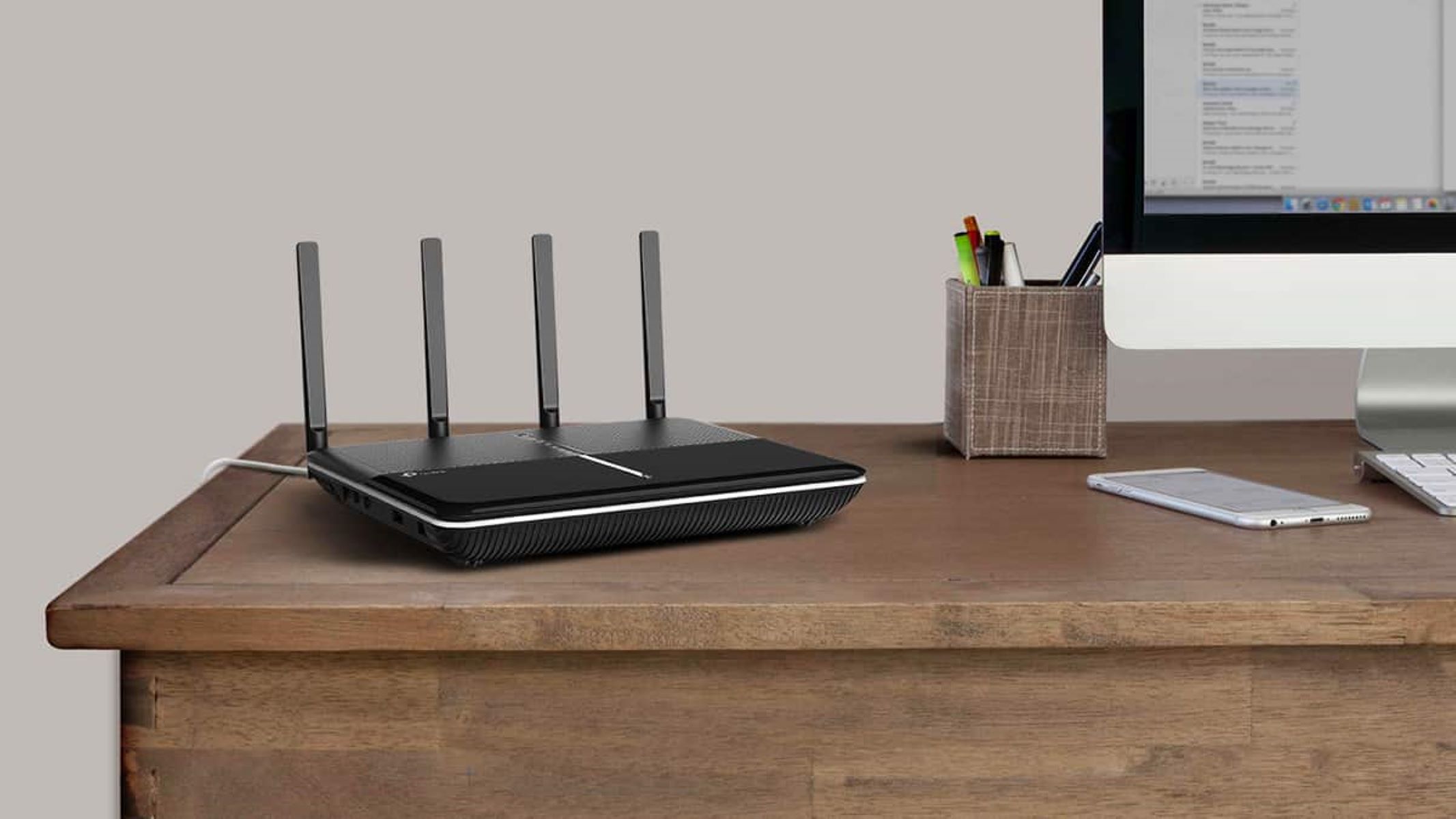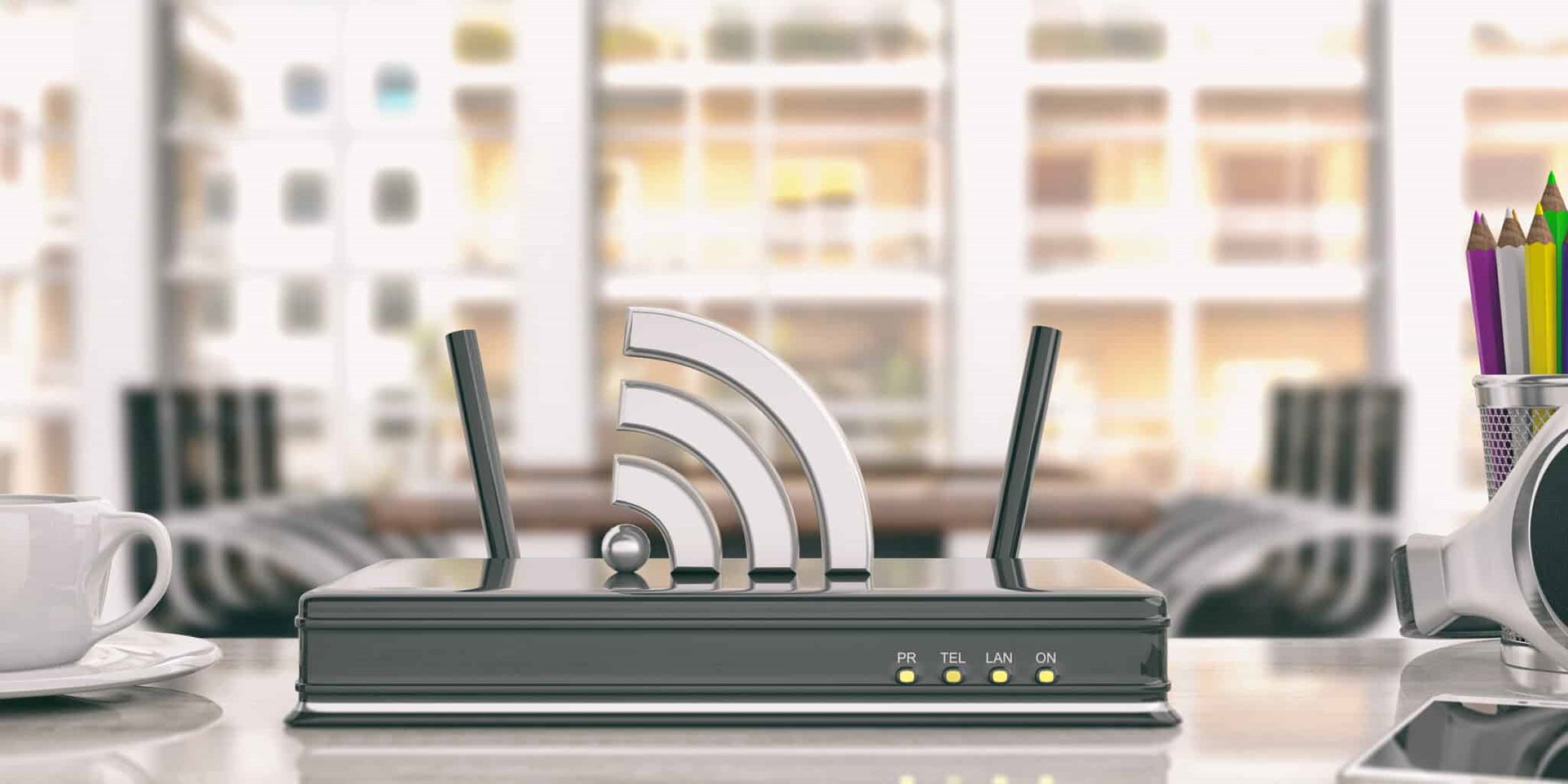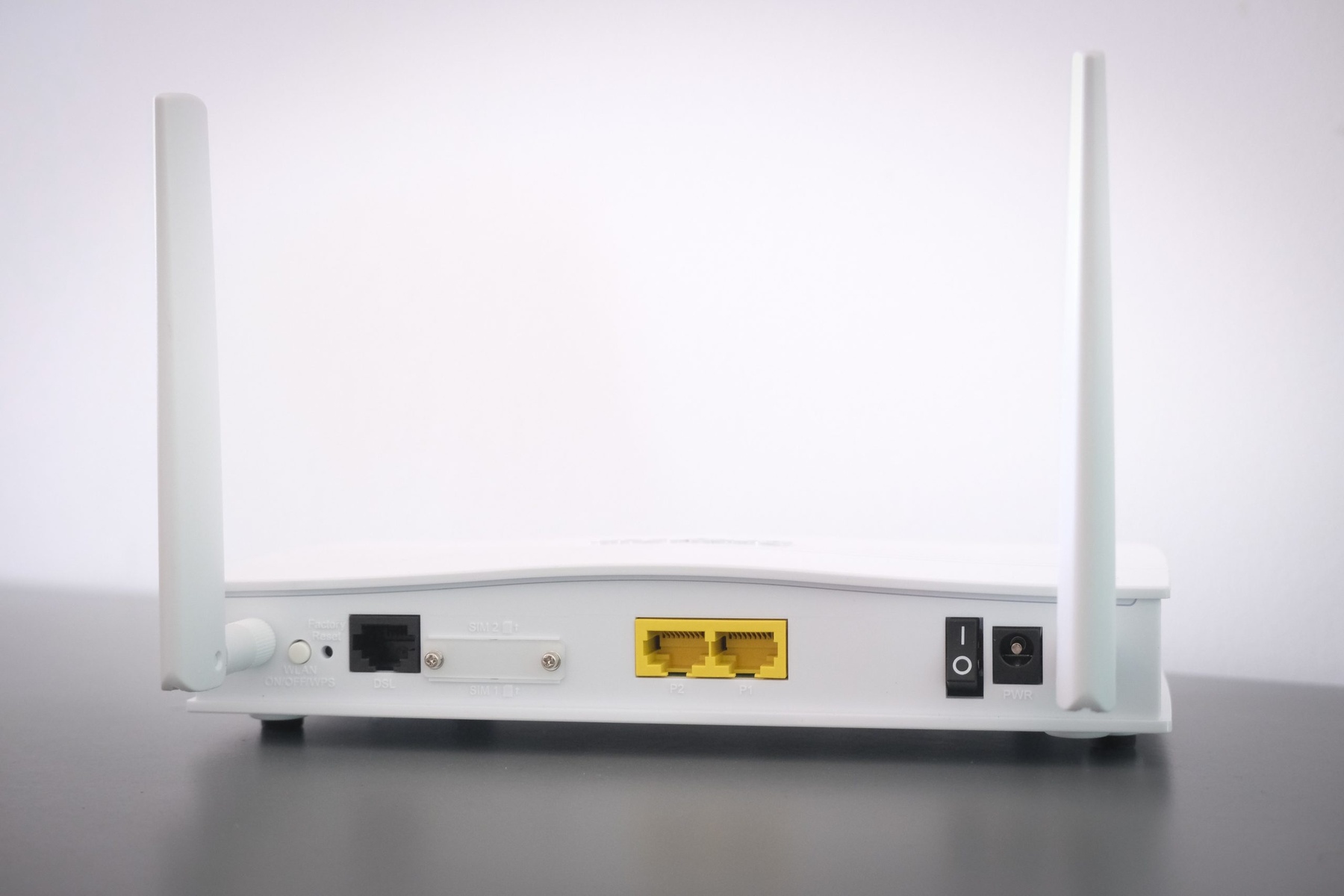When it comes to computer networks, WiFi routers play an important role in creating and sending out the internet WiFi signal in your home. Without it, other devices such as your phone and tablet won’t be able to connect to your network. While routers last for several years, these devices can also wear out due to functionality issues. So, if you’re experiencing slower-than-usual internet speed and spotty WiFi coverage, it’s time to address the questions: How do you know your router is spoiled? What are the signs you need a new router?
One of the best ways to prolong the life of a certain device is to take good care of it. This rule also applies to routers. However, no matter how much you take care of your router, there will come a time when the device will eventually break due to several inevitable factors. Don’t have an idea of these? Don’t worry. In this article, we’ll walk you through all the possible signs of a deteriorating router, including tips on why you should replace it. Let’s know what re the signs that you need a new router.
What Are The Signs That You Need a New Router
Do you need a new router? Finding out whether your router needs replacing is a puzzling task. Just because your internet connection lags doesn’t mean you have to replace it immediately. After all, buying a new one can be costly so it’s better to make sure your router really needs replacing before doing so. How to know if my router is spoiled, you say? Here are the six signs to know if your device needs attention and probably needs replacement.
1. Slow Internet Speed


Are you experiencing longer buffering periods while watching your favorite Netflix movie? Does it take forever for your frequently visited websites to load? Then you might be facing a drop in your internet speed. One common sign that your router has problems and may need replacing is the constantly slow internet connection. This scenario mostly happens when you have increased network traffic or reduced bandwidth availability. However, in some cases, if you’ve explored all other possible causes of your slow internet connection, it can also mean that your router is breaking. So what do you do when you’re faced with such circumstances?
The first thing to do is to try and diagnose whether the problem really comes from your router. All you have to do is to plug your modem directly to your computer and see if the problem persists. If so, then your dilemma is presumably related to network traffic and decreased bandwidth availability. If your connection goes back to its normal speed, then it’s clear that the problem sits within your router. Contact your ISP or the nearest repair shop within your area and ask whether your device needs repair or total replacement.
2. Intermittent Connectivity


There’s nothing more frustrating than experiencing an intermittent connection. One moment your network is good and you’re on the roll surfing the internet, and then the next thing you know your internet has dropped and you’re staring right through the error, “No Internet Connection.” Then after a while, your connection goes on again. The cycle keeps on repeating until you can’t finish any task without losing your patience.
This scenario is another sign to consider whether you need a new router. In most cases, this problem is caused by poor area coverage. You can try moving your router to an open space where there’s minimal to no obstruction such as walls. If the issue doesn’t go away, then the problem lies within the device.
3. Complete Breakdown of the Device
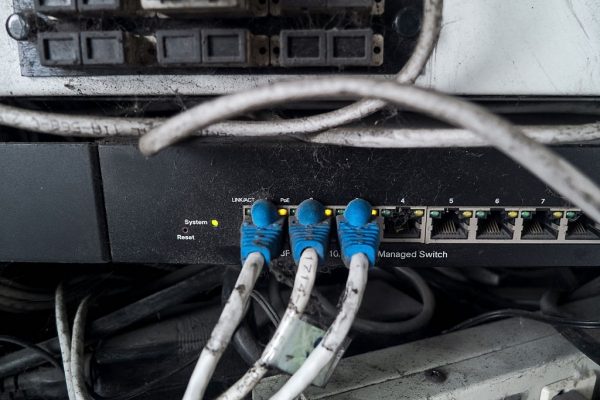

One major sign that your router is failing is when it completely stops functioning. That means the device is no longer responsive to whatever buttons you’re pressing, or the indicator lights aren’t illuminated to signify it’s working. When this happens, don’t forget to check the connector wires and cables that link to your computer and modem. Make sure they’re properly inserted into their respective ports. Likewise, ensure that the power source is also working properly.
When all possible causes have been eliminated and the device is still far from functioning, then the router must be truly broken. If this is the case, have it repaired or replaced. But if you consider the price, replacing it is the more efficient and viable option.
4. Faulty Indicator Lights
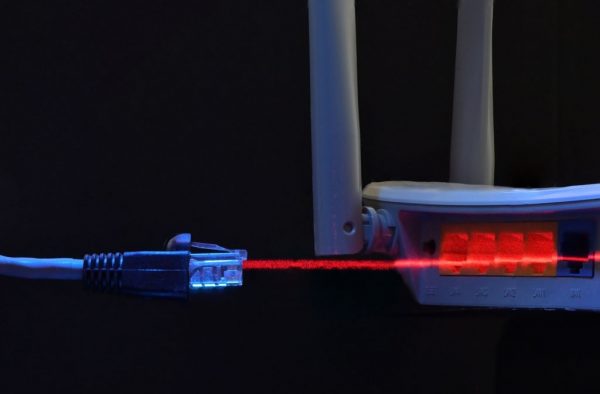

One of the best ways to determine whether a router is working is through its indicator lights. When the device is working properly, the majority of its indicator lights are blinking or remain constantly lit. However, if you can connect to the internet and cannot see any light on the router, then there must be something wrong with the device. Normally, when you turn on a router, the indicator lights should always be illuminated even if it isn’t providing connections to any device.
Try to perform basic troubleshooting such as turning the device on and off, and removing and reinserting cables to their proper ports. If the problem continues, contact your ISP or any repair shop near you and have it repaired or replaced.
5. Overheating
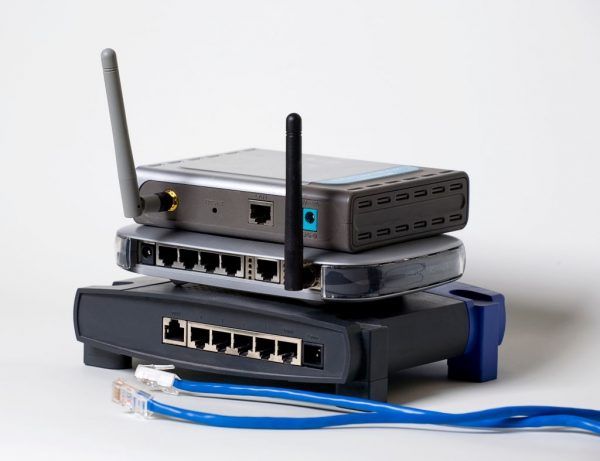

Most routers, depending on the brand, are made from quality materials that can withstand minor impacts and heat. However, routers aging from three to five years and up can be damaged by heat. So, if you’ve been using your device longer than the mentioned average lifespan and it suddenly breaks down, perhaps its internal components are no longer working due to heat. When this happens, try to move your router to a place where the airflow is good or place a fan pointing at the device and see if it exhibits any difference. If not, it’s about time to replace your router to a newer version.
6. Lack of Support to Newer Devices


As our society progresses, so is the technology we’re using. Every year, many ISPs and tech brands produce new devices that employ new chips and internal parts. These latest components are only compatible with routers that use the latest tech as well. Hence, if you’ve bought your router a few years back and you’re having a hard time connecting to most of your gadgets, then the device must be outdated.
The best way to solve this problem, of course, is to replace it with a newer version. You can contact your ISP or go to a tech store near you and hear their say regarding which router is the best. Remember, always choose something that goes well with your network. You can choose those that support 802.11n, the most widespread WiFi technology; or the 802.11ax, the latest standard WiFi technology.
Signs I Need a New Router or Modem?
Many people are confused about the difference between router vs. modem. To put it simply, a modem, short for “modulator-demodulator,” is a small box with indicator lights that’s used to connect your network to the wider internet. Basically, it’s your network’s gateway to the internet that sends and receives data between cables, telephone lines, and other devices at your home. It interprets everything, including codes and information, before going in and out of your network to ensure a smooth flow as you connect to the web.
On the other hand, a router is a small box that allows all of your devices, either wired or wireless, to use the internet at once. These devices can also connect to one another through the single server provided by the router without having to do it over the internet. Usually, if your home is big enough, you’ll have to make use of a mesh WiFi router to enhance the coverage of the internet.
Bottom Line: What Are The Signs I Need To Buy A New Router?
You don’t have to keep on asking yourself, “Do I need a new router?” when you’re experiencing the majority of the signs listed above. Even if routers are durable, they’re still susceptible to major damages that can result in slower performance and complete breakdowns over time. If you cannot fix the device by doing some troubleshooting, then perhaps it’s already time to replace the device. The greatest benefit of buying a new router is that it can fully commit to better and faster performance and a longer lifespan than the older version.
